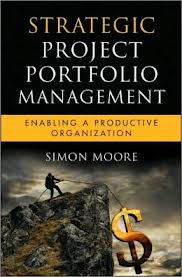PofE 054: Sam Walton – Enhanced Walmart’s Customer Service through Strong Values and a Superior Distribution Model
Posted on"Quality in a product or service is not what the supplier puts in. It is what the customer gets out and is willing to pay for. A product is not quality because it is hard to make and costs a lot of money, as manufacturers typically believe. This is incompetence. Customers pay only for what is of use to them and gives them value. Nothing else constitutes quality." -Peter Drucker
Background and Challenges:
- Sam Walton was born on March 29, 1918 in Kingfisher, Oklahoma to Thomas and Nancy Lee Walton.
- His parents were farmers until around 1923. Due to the Great Depression, his father gave up farming to go into the farm mortgage business.






